Home>Gardening & Outdoor>Outdoor Entertaining>What Stone To Use For A Pizza Oven
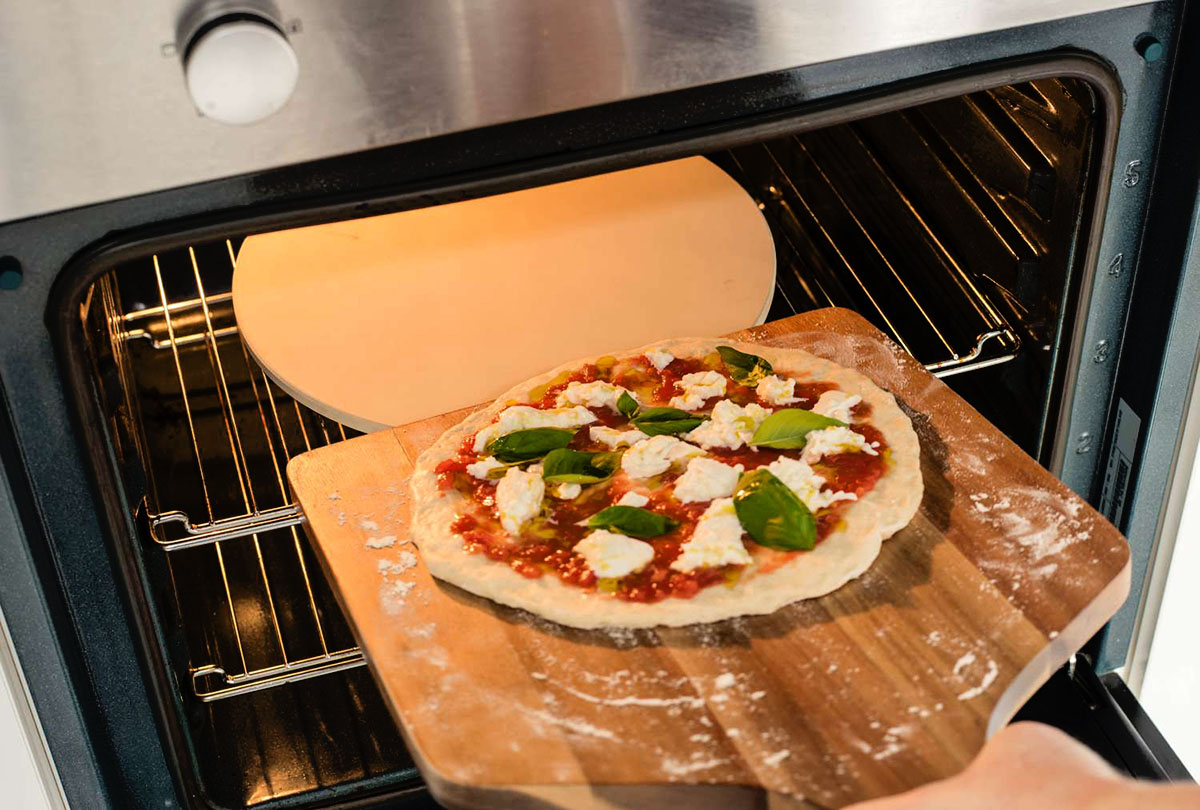

Outdoor Entertaining
What Stone To Use For A Pizza Oven
Published: January 2, 2024
Discover the best stone options for your outdoor entertaining needs, including pizza oven construction. Enhance your outdoor space with the perfect stone material.
(Many of the links in this article redirect to a specific reviewed product. Your purchase of these products through affiliate links helps to generate commission for Storables.com, at no extra cost. Learn more)
Introduction
So, you've decided to take your outdoor entertaining game to the next level by investing in a pizza oven. Congratulations! There's nothing quite like the aroma of freshly baked pizza wafting through your backyard while friends and family gather around, eagerly anticipating a mouthwatering slice. However, before you can start tossing dough and experimenting with gourmet toppings, there's an essential element you need to consider: the pizza oven stone.
The stone used in a pizza oven plays a crucial role in achieving that perfect, crispy crust and evenly cooked toppings that we all crave. It serves as a heat conductor, absorbing and distributing the intense heat generated within the oven, resulting in that signature pizzeria-quality flavor and texture. But with various options available, each with its own unique properties, choosing the right stone can be a daunting task.
In this comprehensive guide, we'll explore the different types of stones commonly used in pizza ovens, consider the factors to keep in mind when making your selection, delve into popular stone options, and provide valuable insights on how to effectively use and maintain your chosen stone. By the end, you'll be equipped with the knowledge and confidence to elevate your pizza-making endeavors and create unforgettable culinary experiences for your loved ones. So, let's roll up our sleeves and embark on this flavorful journey together!
Key Takeaways:
- Choose a pizza oven stone based on factors like heat retention, durability, and compatibility with your oven. Cordierite, refractory, ceramic, and soapstone are popular options, each offering unique benefits for your outdoor pizza-making adventures.
- To use and maintain your pizza oven stone, season it with olive oil, preheat it gradually, use a pizza peel for transfer, and avoid thermal shock. Following these steps ensures delicious, crack-free pizzas and prolongs the life of your stone.
Read more: How To Clean A Pizza Oven Stone
Types of Stones for Pizza Ovens
When it comes to pizza oven stones, there is a variety of materials to choose from, each offering distinct advantages and considerations. Understanding the characteristics of different stone types is essential in making an informed decision for your pizza oven setup. Here are some of the most common types:
- Ceramic: Ceramic pizza stones are known for their ability to absorb moisture, resulting in a crispy crust. They are typically more affordable and lighter in weight, making them easier to handle and maintain. However, they may be prone to cracking under extreme temperature changes.
- Cordierite: Cordierite stones are lauded for their exceptional heat retention and durability. They can withstand high temperatures without cracking, making them a popular choice for both home and commercial pizza ovens. Additionally, cordierite stones promote even heat distribution, contributing to consistent baking results.
- Refractory: Refractory stones, often made from fireclay or other refractory materials, are renowned for their ability to endure extreme heat. They excel in retaining and radiating heat evenly, resulting in well-baked crusts and toppings. These stones are favored for their longevity and suitability for high-temperature wood-fired pizza ovens.
- Soapstone: Soapstone pizza stones are revered for their natural non-stick properties, allowing for easy release of baked goods. They also boast impressive heat retention capabilities, ensuring that your pizzas cook to perfection. Additionally, soapstone is resistant to thermal shock, reducing the risk of cracking due to rapid temperature changes.
Each type of pizza oven stone has its own unique characteristics, and the choice ultimately depends on your specific preferences, cooking style, and the type of pizza oven you own. As we delve deeper into the factors to consider when choosing a stone, you’ll gain a clearer understanding of how these attributes align with your individual needs and culinary aspirations.
Factors to Consider When Choosing a Stone
As you embark on the journey of selecting the perfect stone for your pizza oven, several crucial factors come into play. Understanding and evaluating these considerations will guide you toward making an informed and gratifying choice. Here are the key factors to consider:
- Heat Retention and Distribution: The stone’s ability to retain and evenly distribute heat is paramount in achieving a delectably crisp and evenly cooked pizza. Look for stones with excellent thermal properties that can withstand the intense heat of your pizza oven.
- Durability: A durable stone is essential for long-term use and resistance to cracking or deterioration, especially when exposed to high temperatures. Consider materials known for their resilience and ability to withstand thermal shock.
- Size and Thickness: The dimensions and thickness of the stone can impact heat retention and cooking performance. Thicker stones generally offer better heat retention, while larger sizes accommodate larger pizzas and provide ample space for maneuvering your peel.
- Price and Affordability: Your budget plays a significant role in the stone selection process. While some materials may be more affordable, it’s important to weigh the initial investment against the long-term value and performance of the stone.
- Compatibility with Your Pizza Oven: Consider the type and design of your pizza oven when choosing a stone. Ensure that the selected stone is compatible with your specific oven model and can accommodate its heating characteristics and cooking requirements.
- Maintenance and Cleaning: Evaluate the maintenance requirements of each stone type, including cleaning procedures and any special considerations. Stones that are easy to clean and maintain can contribute to a more enjoyable and sustainable cooking experience.
By carefully assessing these factors, you’ll be better equipped to identify the ideal pizza oven stone that aligns with your cooking style, oven specifications, and long-term culinary aspirations. The next step is to explore the popular stone options available for pizza ovens, allowing you to delve deeper into the unique features and benefits of each type.
Popular Stone Options for Pizza Ovens
Now that you’re well-versed in the essential factors to consider when choosing a pizza oven stone, let’s explore some of the popular options that have garnered acclaim among outdoor cooking enthusiasts and professional pizzaiolos:
- Cordierite Pizza Stones: Cordierite is widely favored for its exceptional heat resistance and thermal shock tolerance, making it an ideal choice for high-temperature pizza ovens, including wood-fired and gas-powered models. These stones promote uniform heat distribution, resulting in consistently well-baked pizzas with delightful crusts.
- Refractory Pizza Stones: Refractory stones, crafted from specialized fireclay or refractory materials, are renowned for their ability to endure extreme temperatures without cracking. They excel in heat retention and even heat distribution, contributing to superior baking performance and authentic wood-fired pizza flavors.
- Ceramic Pizza Stones: Ceramic stones are prized for their moisture-absorbing properties, which facilitate the creation of crispy crusts. They are often more affordable and lightweight, making them a popular choice for home pizza ovens. While they may be more susceptible to thermal shock, proper care and gradual heating can mitigate this risk.
- Soapstone Pizza Stones: Soapstone’s natural non-stick surface and exceptional heat retention make it an attractive option for pizza enthusiasts seeking effortless release of pizzas and other baked goods. Its resistance to thermal shock and durability make it a valuable addition to any outdoor kitchen.
Each of these popular stone options offers unique characteristics and benefits, catering to different cooking styles, oven types, and personal preferences. Whether you prioritize heat retention, durability, or moisture absorption, there’s a stone that aligns perfectly with your culinary aspirations.
As you navigate through the array of stone choices, envision the delightful pizzas you’ll create and the unforgettable moments you’ll share with your loved ones around the warmth of your outdoor pizza oven. With the right stone at the heart of your pizza-making endeavors, you’re poised to embark on a flavorful journey filled with creativity, culinary exploration, and the joy of outdoor entertaining.
How to Use and Maintain Pizza Oven Stones
Now that you’ve selected the perfect stone for your pizza oven, it’s essential to understand how to effectively utilize and care for it to ensure optimal performance and longevity. Here are valuable insights on using and maintaining your pizza oven stone:
Seasoning the Stone
Prior to your inaugural pizza bake, it’s beneficial to season the stone by lightly coating it with a thin layer of olive oil. This process helps prevent sticking and promotes a beautifully golden crust on your pizzas. Allow the stone to absorb the oil for at least an hour before heating it in the oven.
Preheating the Stone
For best results, preheat your pizza oven with the stone inside, allowing it to gradually reach the desired baking temperature. This ensures that the stone is thoroughly heated, promoting an evenly cooked pizza with a crisp bottom crust. Remember to allow sufficient time for the stone to reach the optimal temperature based on your recipe and oven type.
Using a Pizza Peel
When sliding your prepared pizza onto the hot stone, a pizza peel is an indispensable tool. Dust the peel with a light coating of flour or semolina to prevent the pizza dough from sticking as you transfer it to the stone. A swift and confident motion is key to achieving a successful launch onto the stone’s surface.
Cleaning and Maintenance
After each use, allow the stone to cool completely before cleaning it. Use a dry brush or scraper to remove any residual food particles, taking care not to use soap or water, as this can compromise the stone’s seasoning and absorb unwanted flavors. If necessary, a damp cloth can be used for gentle spot cleaning, but always ensure the stone is thoroughly dried before its next use.
Read also: 8 Best Black Stone Pizza Oven For 2024
Avoiding Thermal Shock
To prevent thermal shock, which can lead to cracking, it’s important to avoid sudden temperature changes. Never place a cold or wet stone directly into a hot oven, and refrain from exposing a hot stone to cold surfaces or liquids. Gradual heating and cooling are essential for preserving the integrity of your pizza oven stone.
By following these guidelines for using and maintaining your pizza oven stone, you’ll not only achieve exceptional cooking results but also prolong the life of your chosen stone, ensuring countless memorable pizza-making experiences for years to come.
Conclusion
Congratulations on embarking on this flavorful journey of enhancing your outdoor entertaining experience with a pizza oven stone! As you’ve discovered, the selection of the right stone is a pivotal step in creating delectable, restaurant-quality pizzas in the comfort of your own backyard. By understanding the diverse types of stones, considering essential factors, exploring popular options, and learning how to use and maintain your chosen stone, you’ve equipped yourself with the knowledge and confidence to elevate your pizza-making endeavors.
As you envision the delightful aromas and mouthwatering flavors that will emanate from your outdoor pizza oven, remember that the journey doesn’t end with the selection of a stone. It’s a continuous exploration of culinary creativity, shared moments with loved ones, and the joy of savoring homemade pizzas that bear your unique touch.
Whether you opt for a cordierite stone prized for its exceptional heat resistance, a refractory stone renowned for enduring extreme temperatures, a ceramic stone valued for its moisture-absorbing properties, or a soapstone stone celebrated for its natural non-stick surface, your chosen stone will serve as the foundation for countless memorable pizza-making experiences.
As you preheat your oven, slide your carefully crafted pizza onto the heated stone, and eagerly await the moment when you can savor the first bite of your creation, remember that it’s not just about the pizza itself. It’s about the laughter, the stories shared, and the connections forged around the warmth of your outdoor pizza oven.
So, with your chosen pizza oven stone at the heart of your outdoor kitchen, you’re poised to embark on a journey filled with culinary exploration, creativity, and the joy of outdoor entertaining. Embrace the process, savor the flavors, and relish each moment spent crafting and sharing your homemade pizzas. Here’s to the countless unforgettable pizza nights that await you, each one a testament to your passion for good food and great company.
Frequently Asked Questions about What Stone To Use For A Pizza Oven
Was this page helpful?
At Storables.com, we guarantee accurate and reliable information. Our content, validated by Expert Board Contributors, is crafted following stringent Editorial Policies. We're committed to providing you with well-researched, expert-backed insights for all your informational needs.
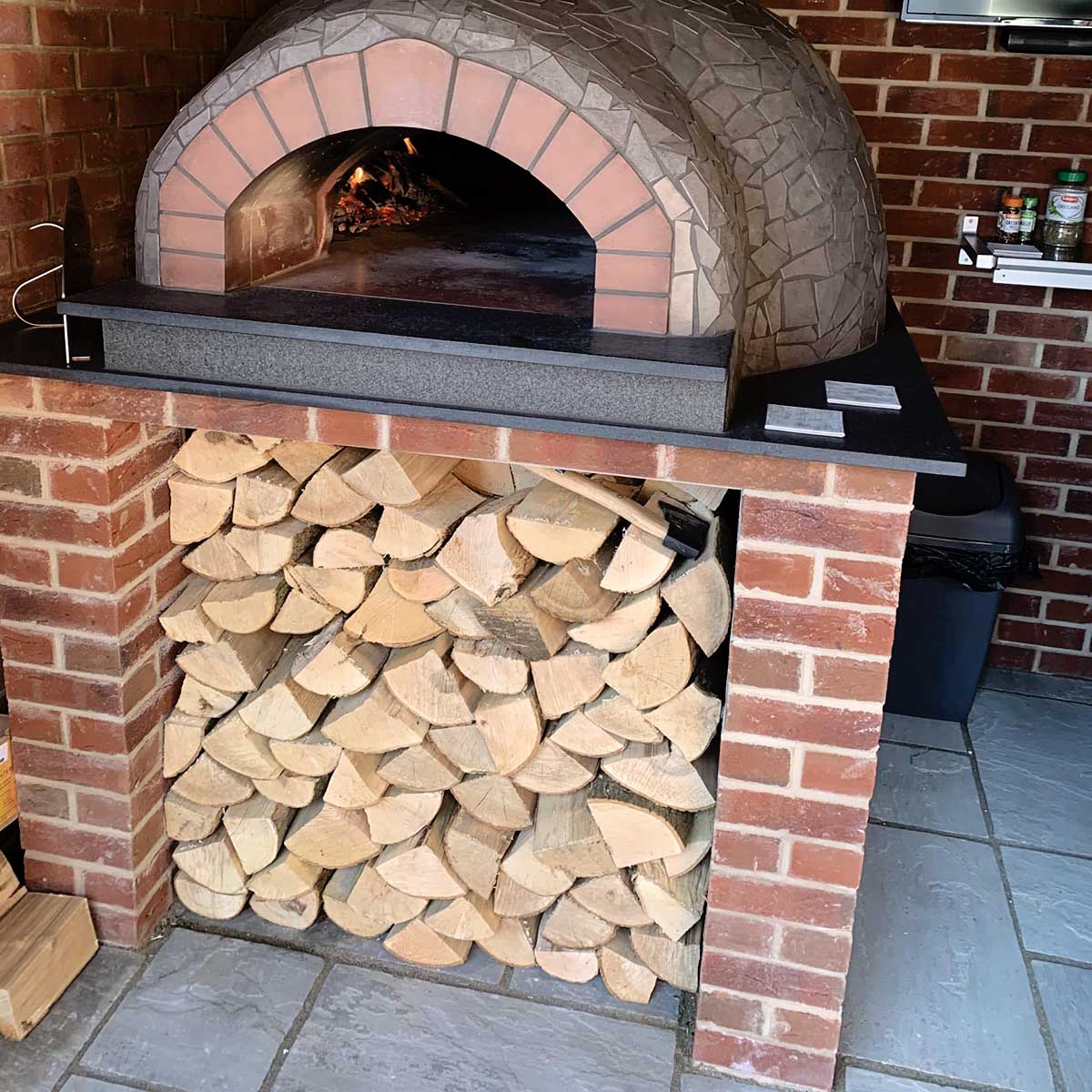
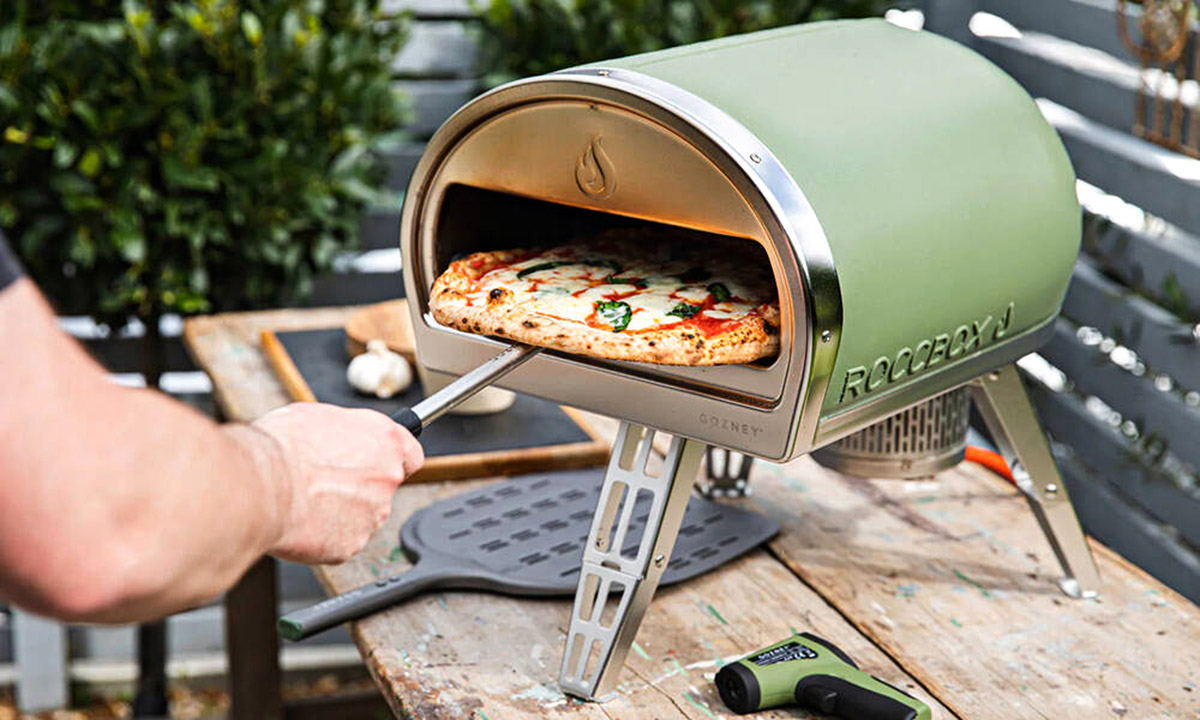
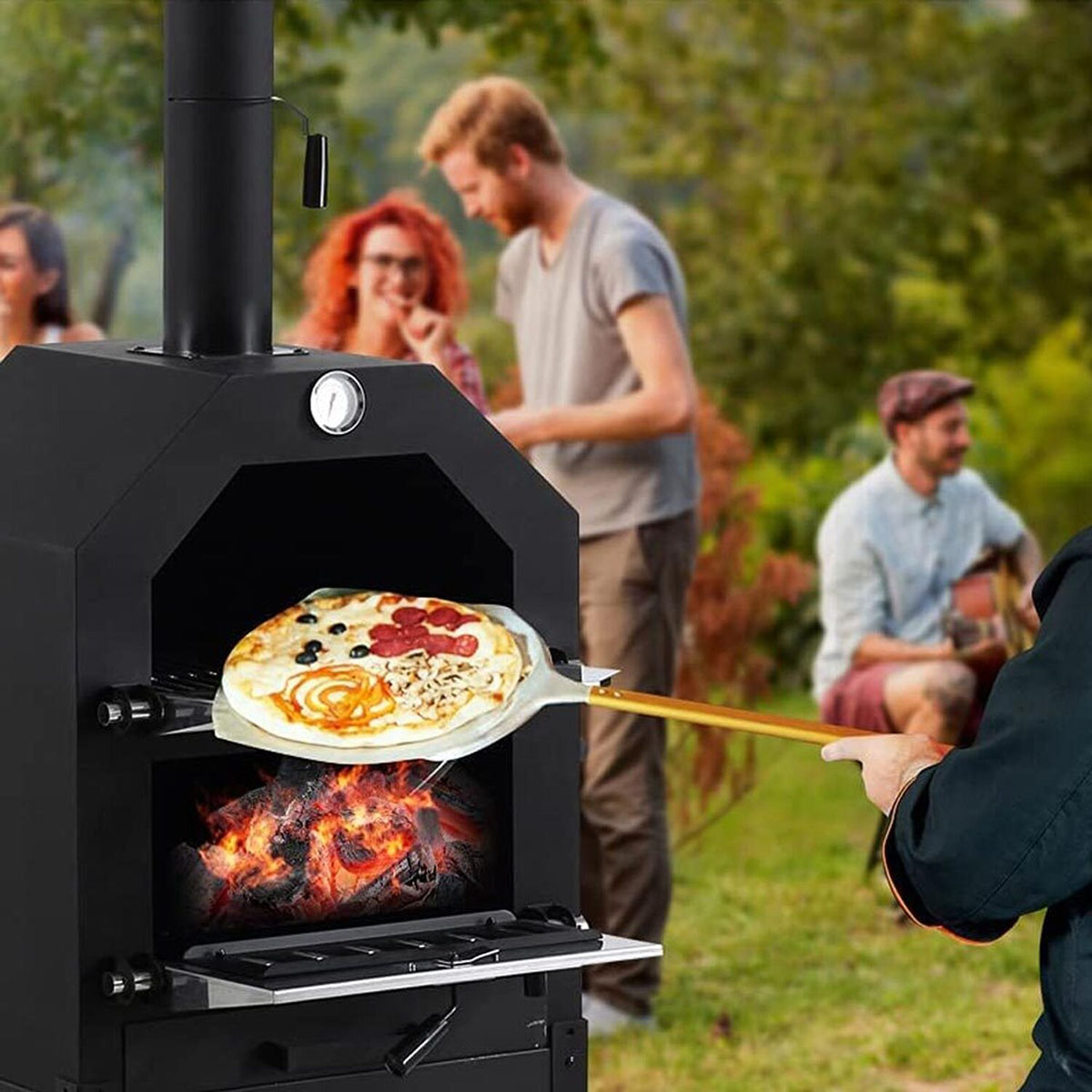
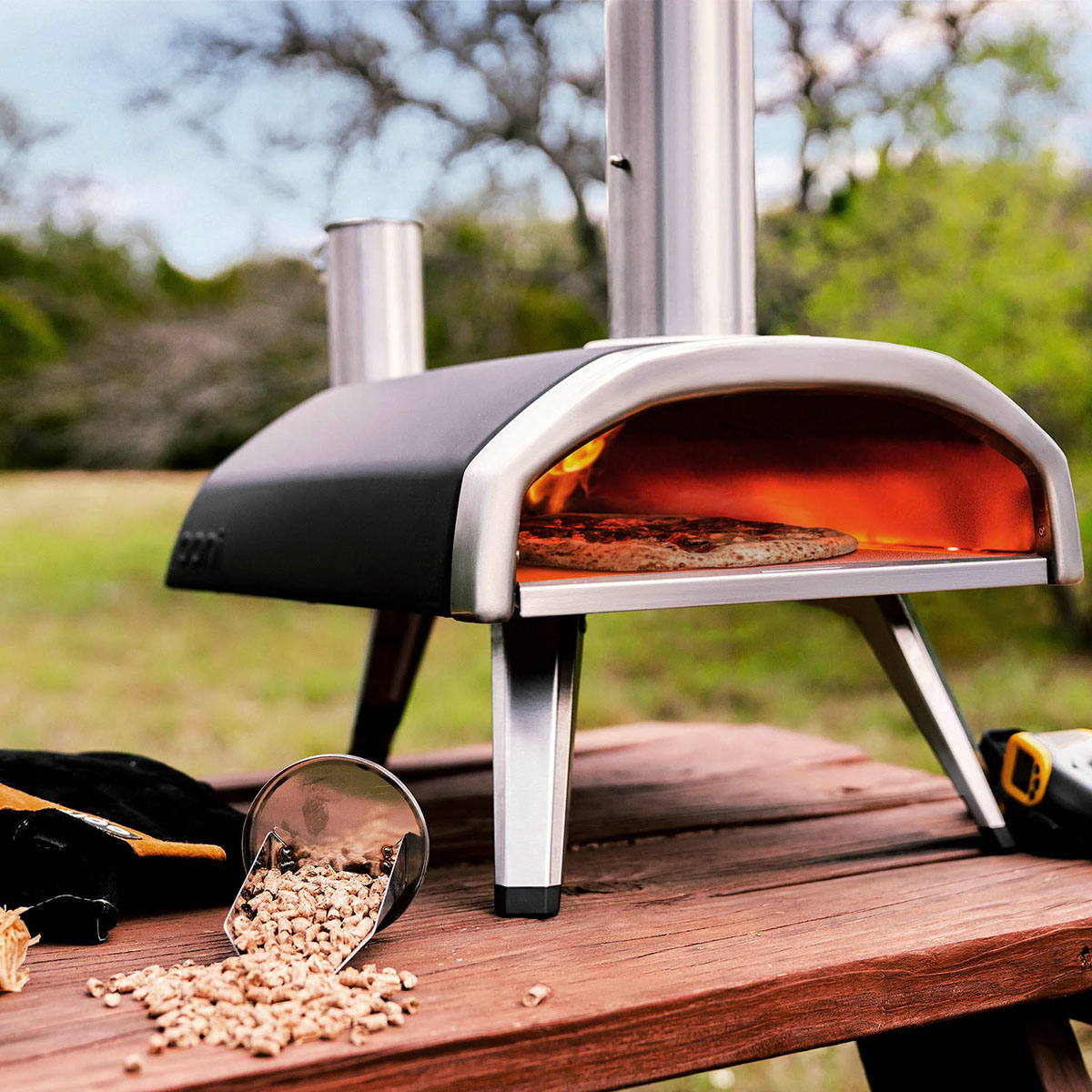
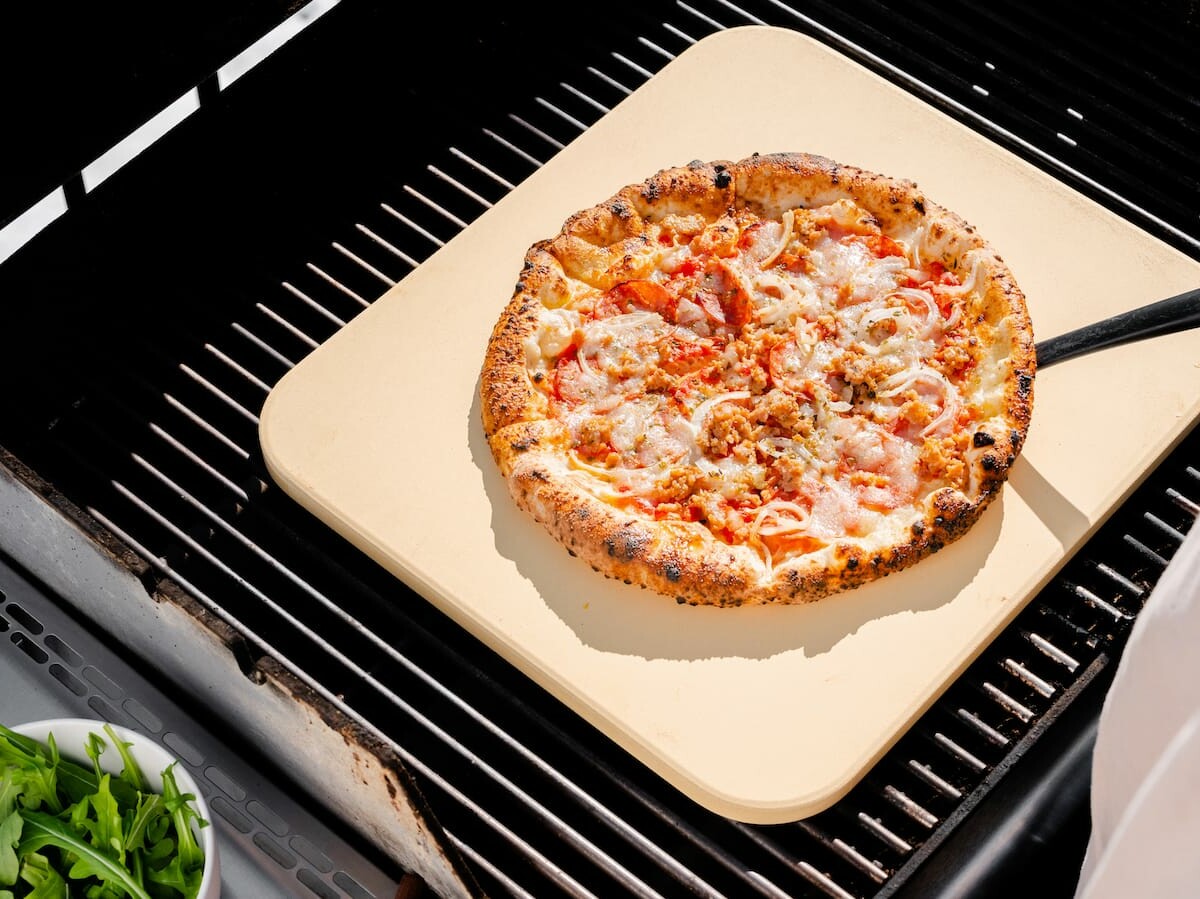
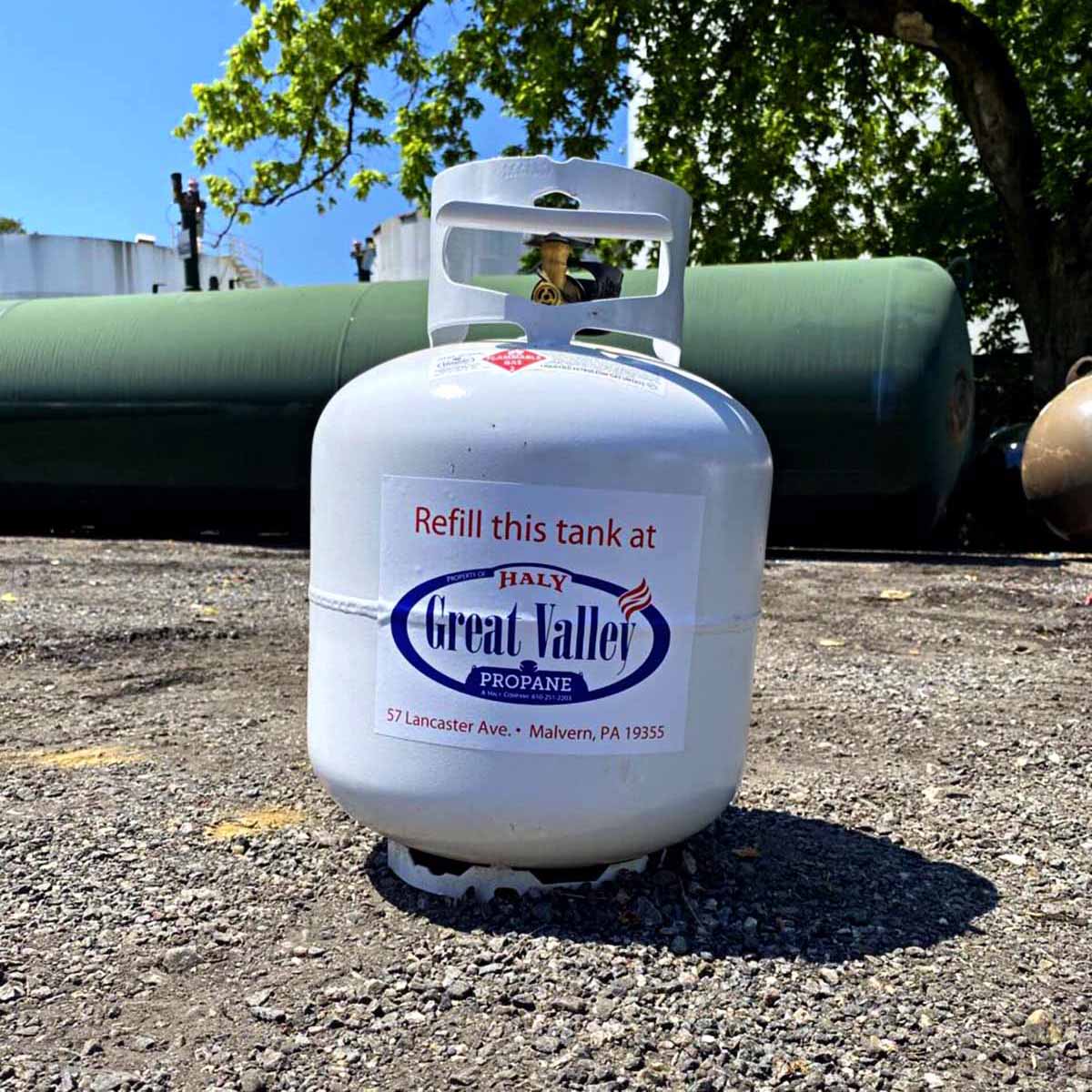
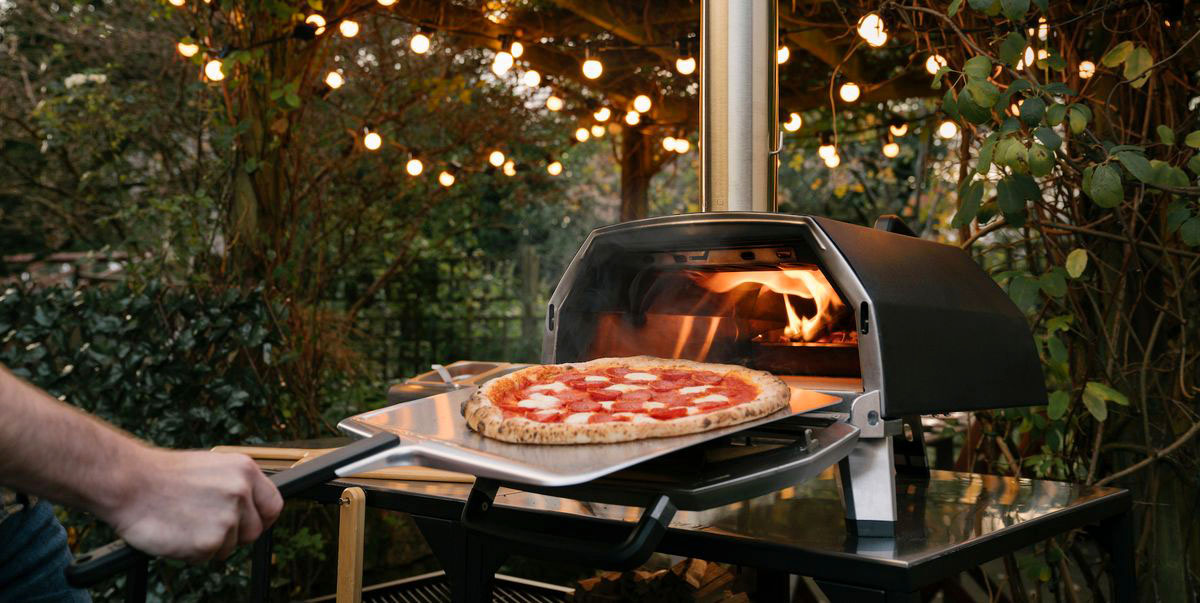
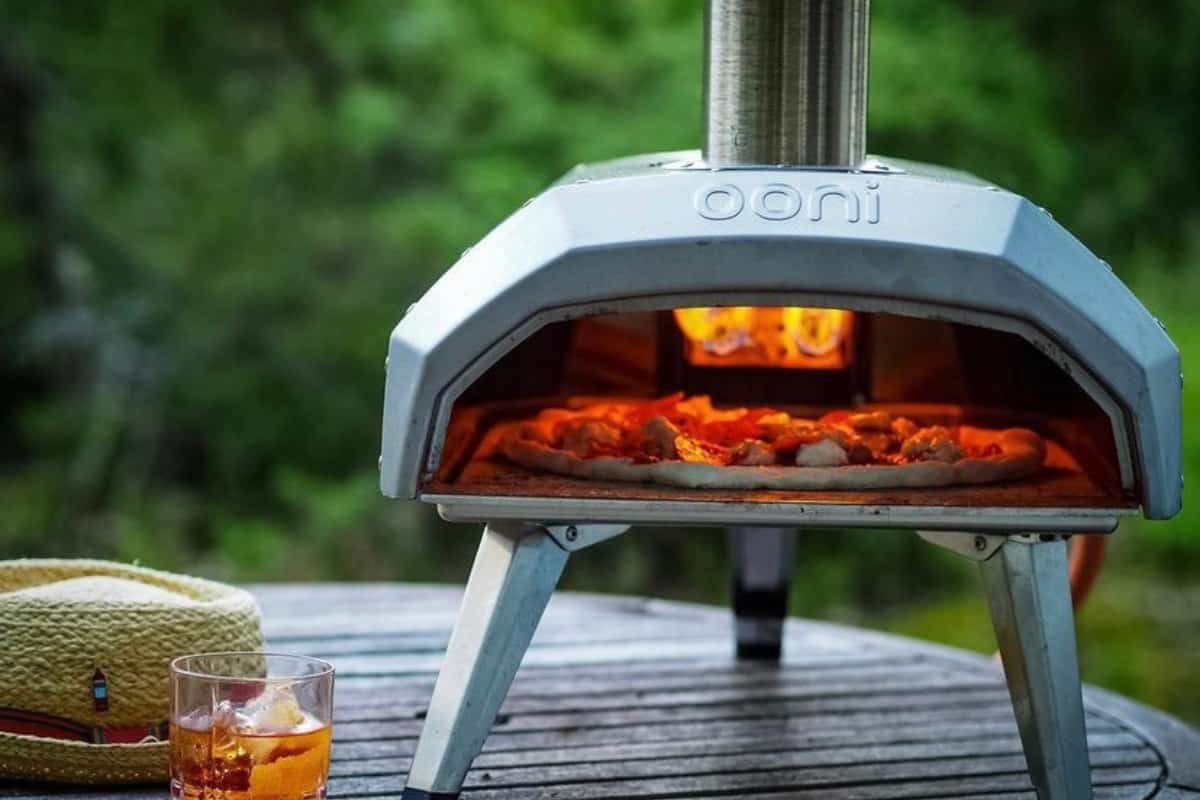
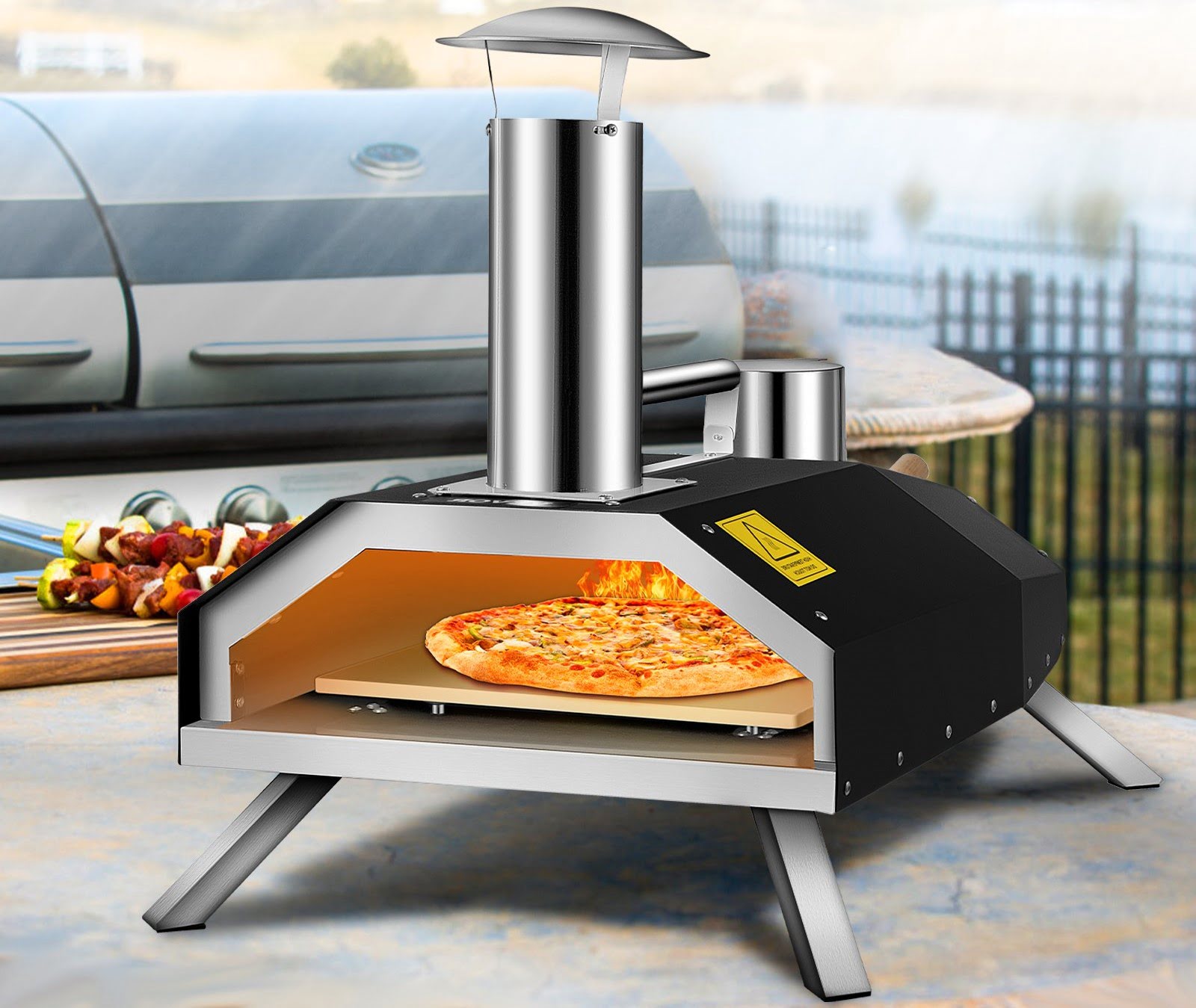
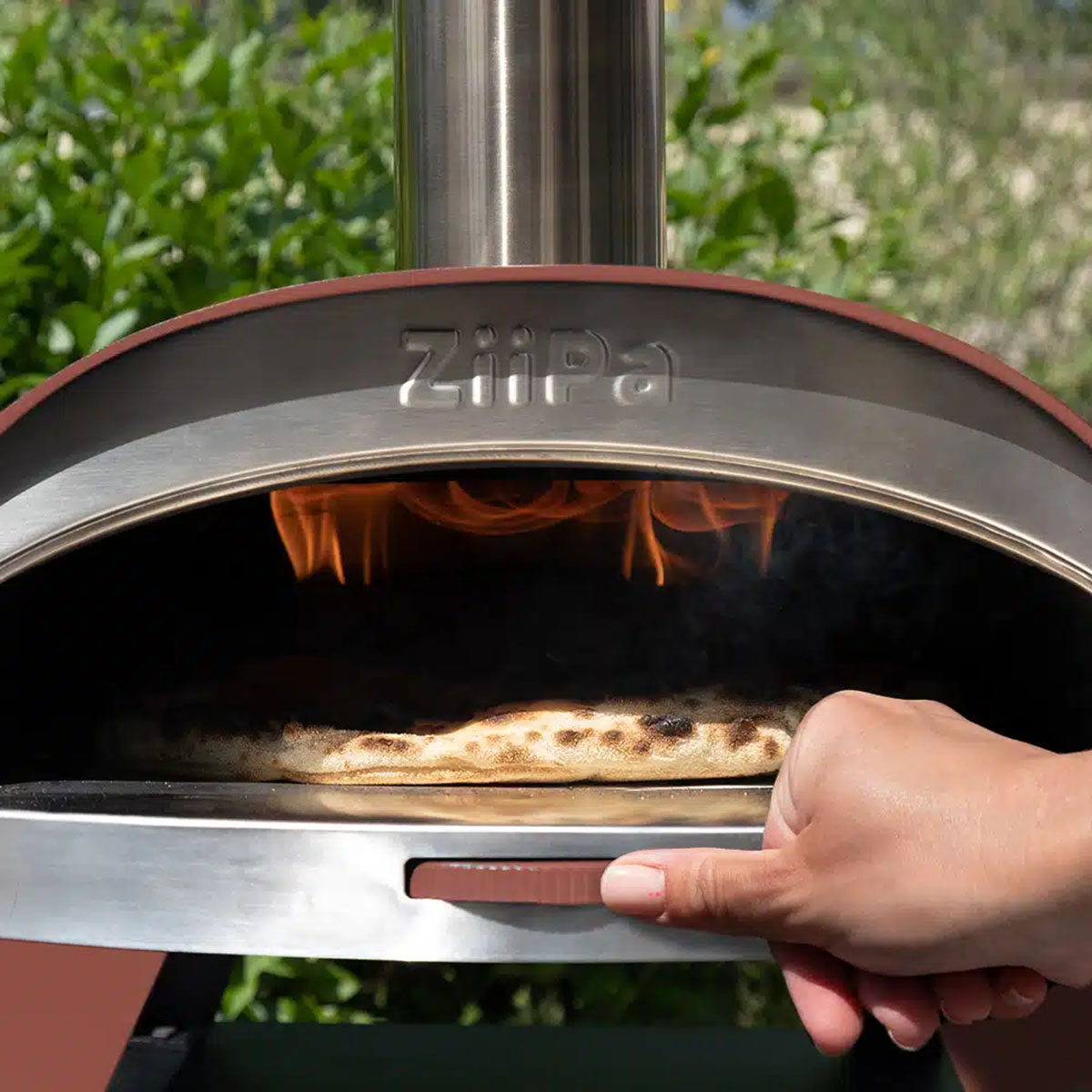
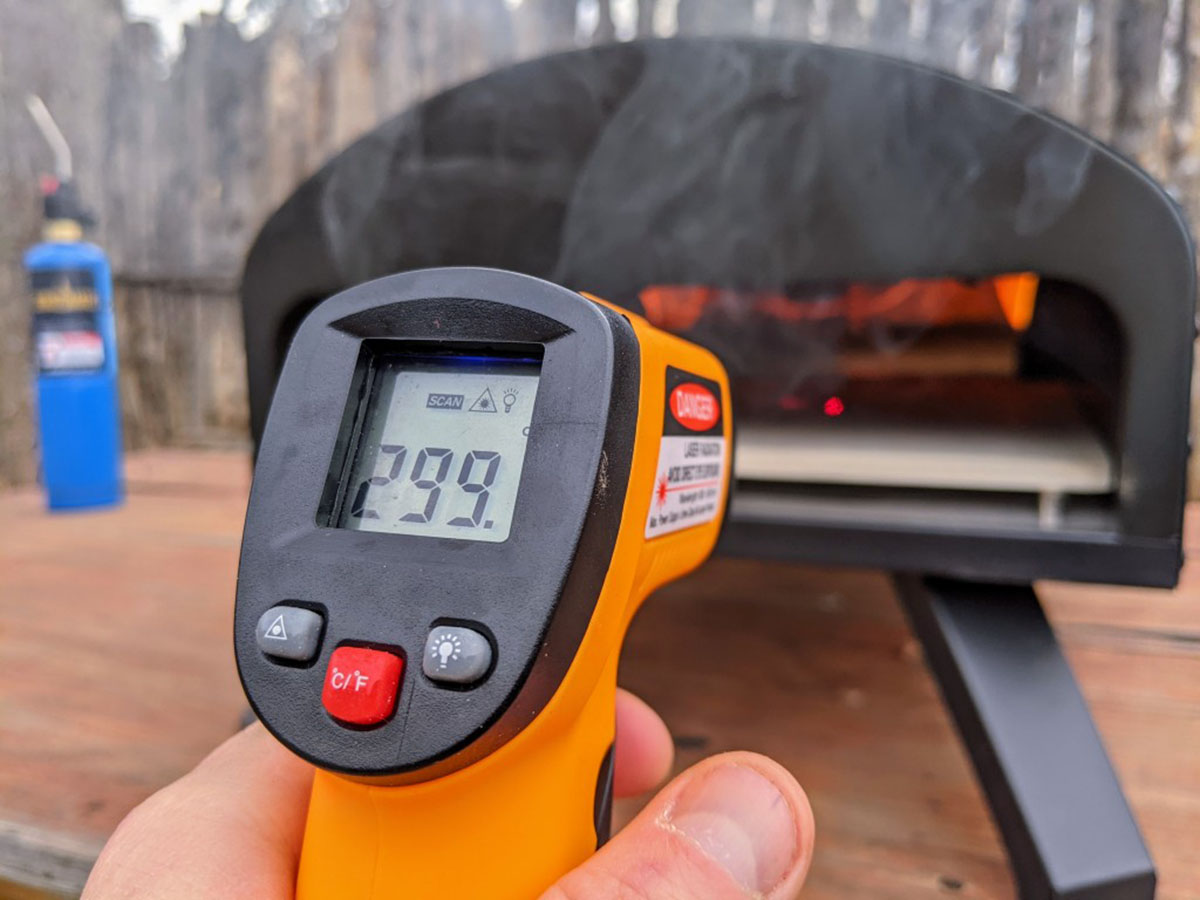

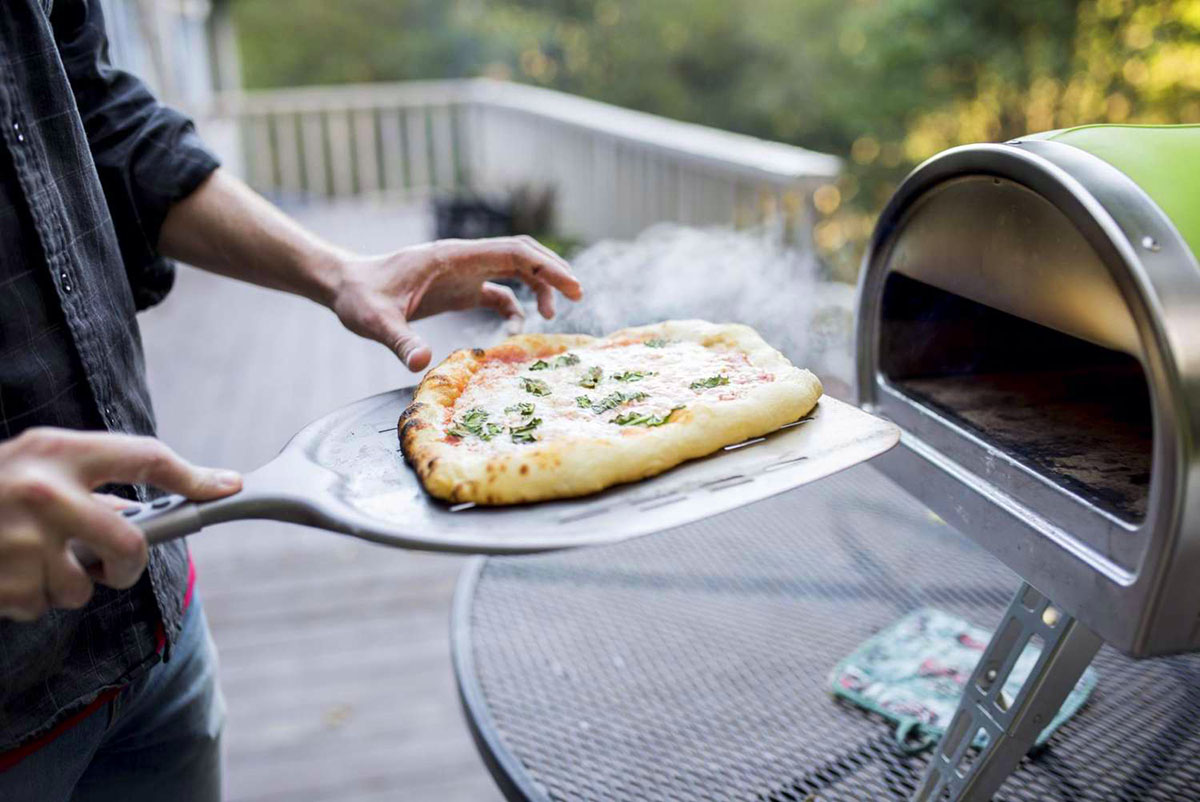

0 thoughts on “What Stone To Use For A Pizza Oven”